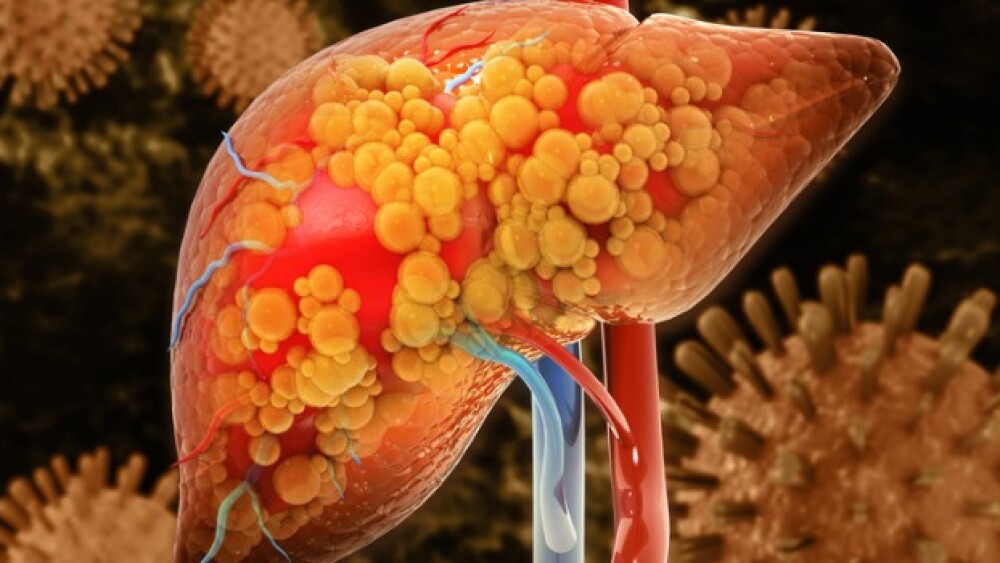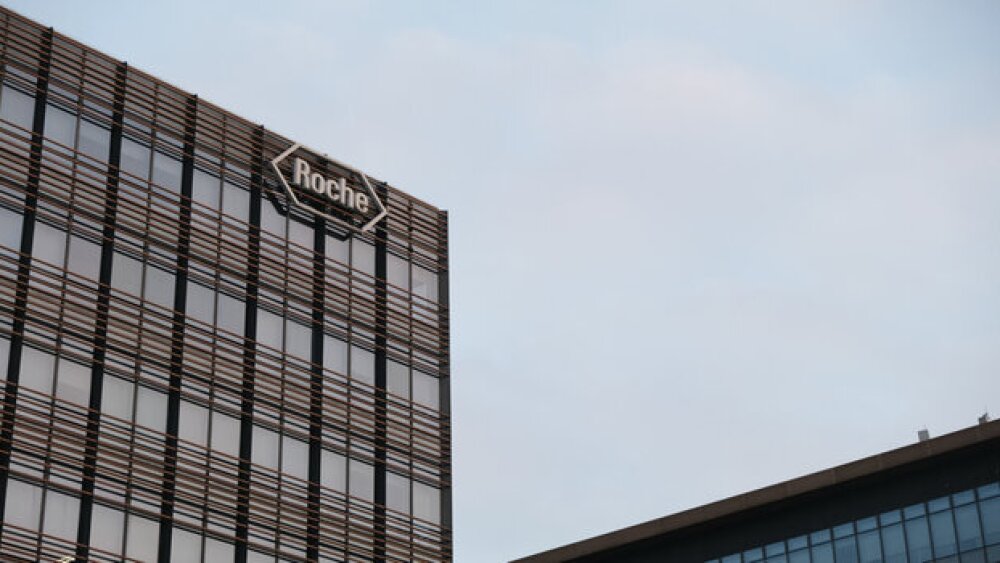Pegozafermin showed statistically significant improvements in treating patients with nonalcoholic steatohepatitis, notching a win in the race to get the first treatment to market for the condition.
Pictured: Illustration of liver fibrosis/iStock, Mohammed Haneefa Nizamudeen
On Monday, 89bio announced positive topline data from the Phase IIb trial of its candidate treatment for nonalcoholic steatohepatitis. The biotech said that at week 48 in the trial, known as ENLIVEN, both the 30 mg weekly dosage of pegozafermin and the 44 mg dose given every two weeks had “demonstrated statistically significant improvements across key markers of liver health.” Pegozafermin is a glycoPEGylated analog of fibroblast growth factor 21 (FGF21).
89bio had revealed data for the candidate at week 24 of the same trial earlier this month. Those results showed that five out of 11 patients treated with the medication had experienced at least one stage of improvement in liver fibrosis, with patient symptoms not worsening.
For the results disclosed on Monday, patients continued a blinded extension phase for an additional 24 weeks, with the endpoints of liver fat, metabolic markers and noninvasive markers of fibrosis and inflammation. 89bio stated that the drug had “continued to demonstrate” favorable safety and tolerability at week 48. The most common adverse events were grade one or two gastrointestinal events. 89bio did not find significant changes in bone mineral density, bone biomarkers or blood pressure in the trial.
“We are very encouraged by these long-term efficacy and tolerability data which establish pegozafermin as the first FGF21 analog candidate to demonstrate positive, sustained benefits over a 48-week period in patients with advanced NASH,” Hank Mansbach, 89bio’s chief medical officer, said in a statement. “Notably, we observed consistent and robust benefits in F2-F3 NASH patients, as well as in subgroups of patients receiving concurrent GLP-1 therapy and F4 patients with compensated cirrhosis, validating pegozafermin’s anti-fibrotic effects across a broad spectrum of patients.”
Mansbach added that 89bio will look to confirm improvements in liver health markers that could lead to greater histological response rates. According to Mansbach, 89bio is working with regulatory agencies and will provide more details of its Phase III NASH program before the end of this year.
The news slightly bumped 89bio’s stock Monday morning, but the price has since leveled off and dropped over 3%.
The news on Monday builds on the momentum that 89bio has been building in the NASH treatment market. In March of this year, data from the Phase IIb trial showed that the 44 mg dose of pegozafermin given every two weeks had induced at least a one-stage improvement in fibrosis without worsening other NASH symptoms in 27% of patients. Those taking the weekly 30 mg dose had reached the endpoint at a similar rate. The drug also led to better rates of NASH resolution than did placebo.
However, 89bio is facing increased competition in the NASH market. In June, Akero Therapeutics reported that its candidate, efruxifermin, combined with a GLP-1R agonist, induced a 65% drop in hepatic fat fraction from baseline. In August, Terns Pharmaceuticals reached its primary endpoint in a Phase IIa trial of its candidate TERN-501, an oral thyroid hormone receptor-beta (THR-β) agonist, finding it had reduced liver fat by 45% compared to just 4% with placebo.
Tyler Patchen is a staff writer at BioSpace. You can reach him at tyler.patchen@biospace.com. Follow him on LinkedIn.






